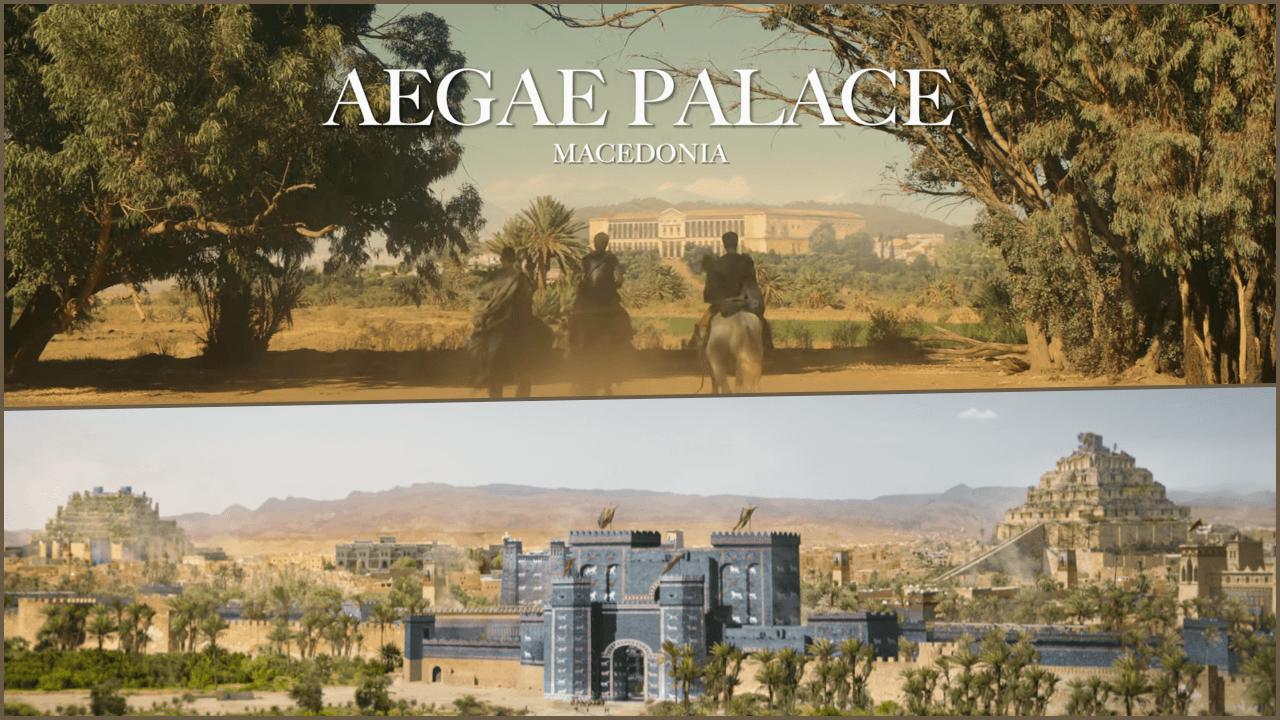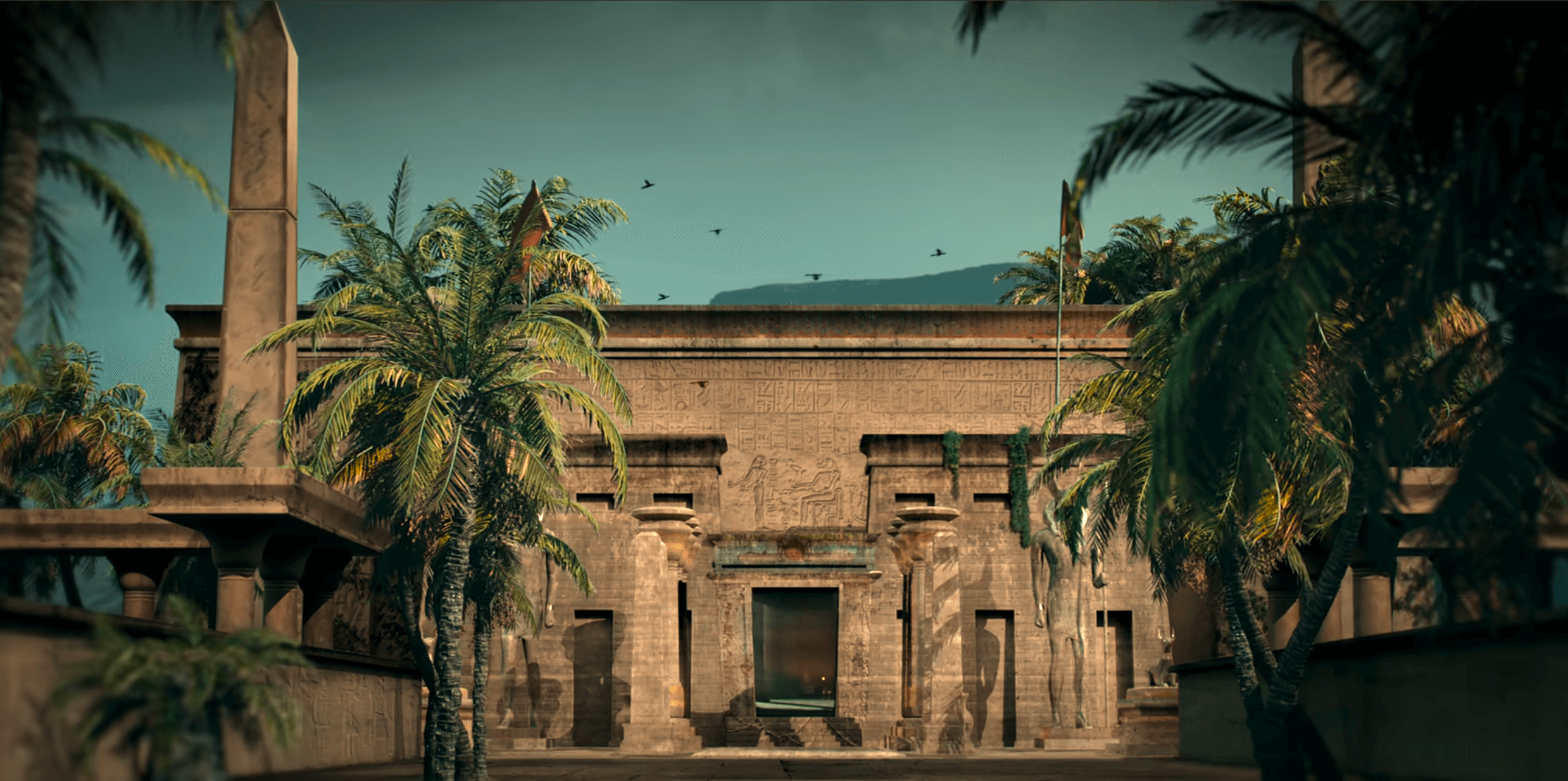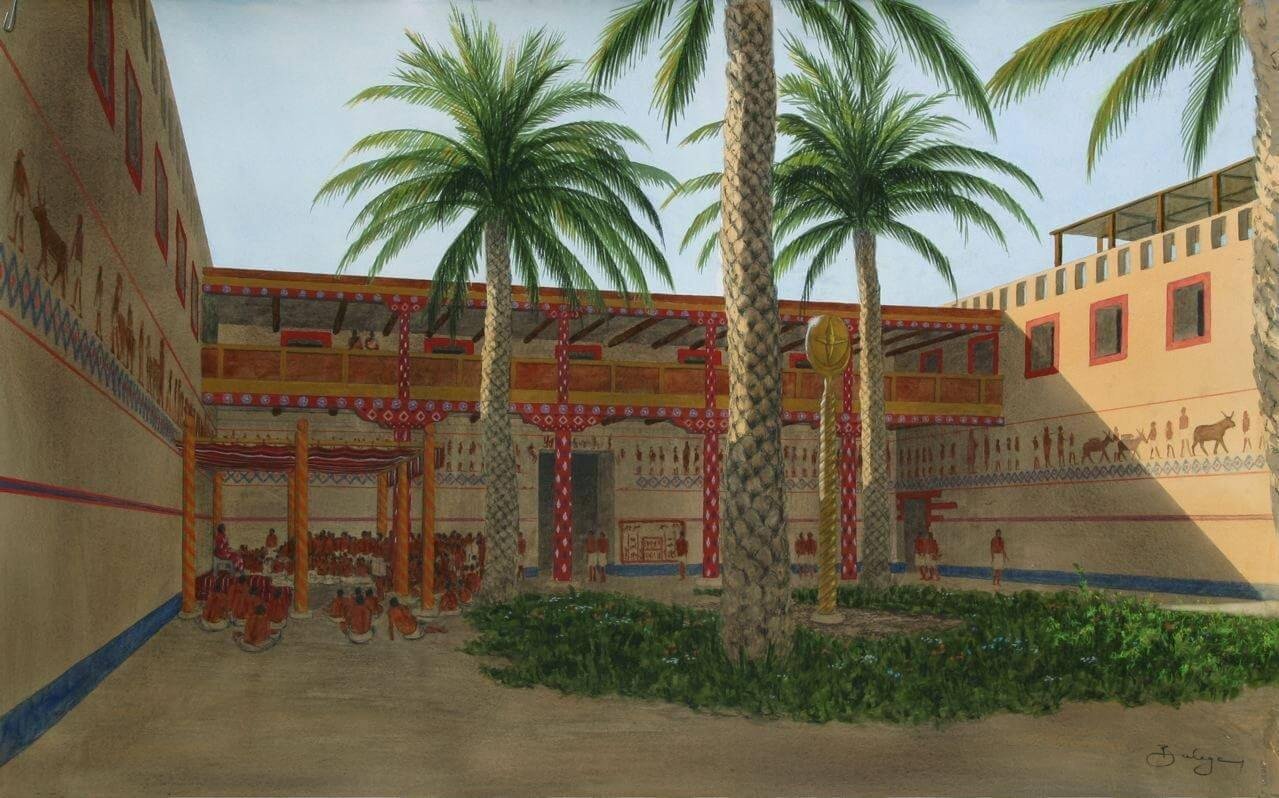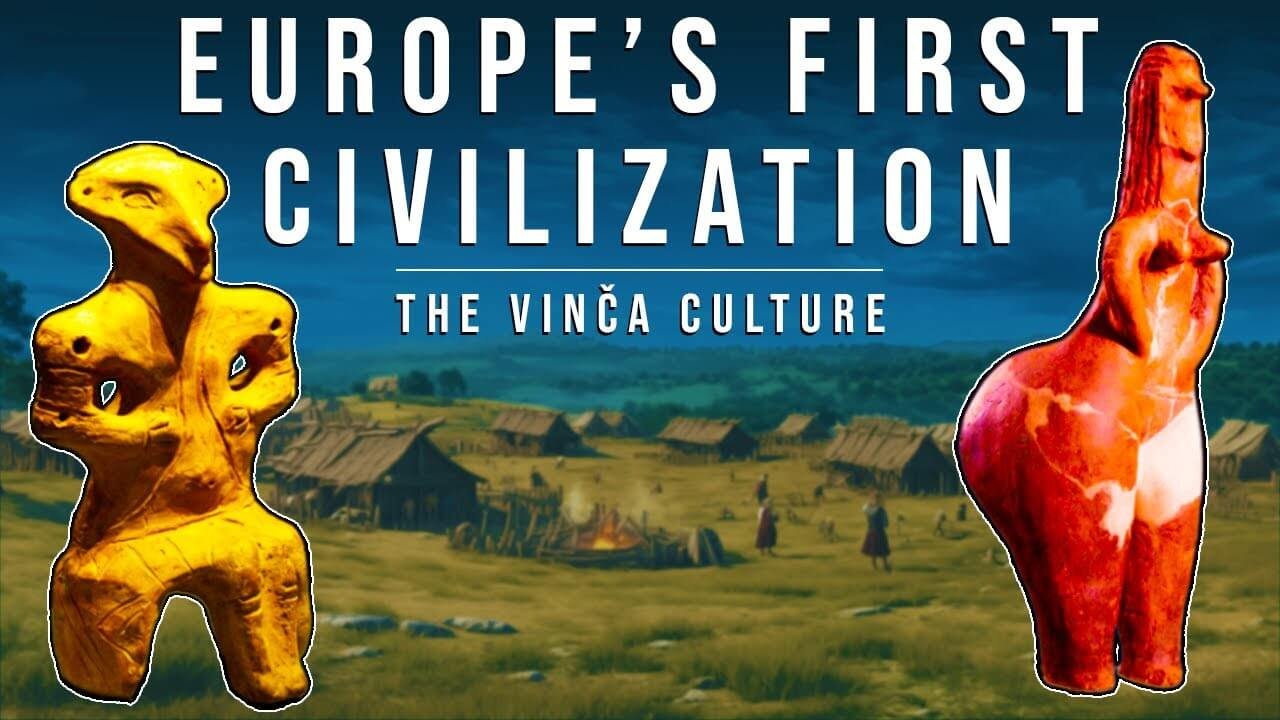I’d like to return to the theme of community. Most of us are worried about this today—that we are losing community and even friends. Individuals, families, societies—everything is changing, and people are on the go. Can the Greeks help us here?
One particular Greek may be particularly able to help us here, though with one rather huge preliminary proviso: the ancient Greek community (society, polity) was not ours; the Greeks did things very differently from us: they held slaves, on whom they depended, and did so mostly without any moral qualms whatsoever; they conceived and treated adult women, even if legally free persons, as of at best second-class status; and they, most of them, regarded all non-Greeks as by definition in principle inferior—culturally. That said, the virtue-ethical system of Aristotle is still considered by many experts today to have current pragmatic as well as theoretical value. Three Aristotelian treatises of ethical, or rather moral-political, philosophy have survived, of which the Nicomachean Ethics is overall by far the most superior work.
For Aristotle, community—living the good life within a totalizing societal framework—was all in all. What the Greeks called a polis—whence our ‘politics’, 'polity', etc.—was far more than merely a constitutional, political framework of self-governance. Rather, it was the framework—and the only possible framework—within which human beings could most and best flourish, that is, live the truly good life, as that was defined by Aristotle. It is far too often said that Aristotle coined the phrase ‘political animals’. What he actually did was define human beings as living creatures designed by their nature to realise their full potential within and only within the polis framework. Being socially conventional, he thought that that definition applied more particularly to the males of the species, especially adult free politically enfranchised Greek males, and did not apply at all to human persons whom he designated naturally ‘slav’, that is, lacking unalterably from birth the capacity of logical reasoning. Aristotle’s eudaimonia is often under-translated as ‘happiness’ but better interpreted as faring well, that is, living a life wholly in accordance with the virtue-ethics set out in the first seven ‘books’, all premised on two notions, one epistemological and the other pragmatic.
On the other hand, particular philosophers did indeed establish ‘communities’ of their followers, and although their schools were located in public, often religious spaces, and some (oral and written) lessons were made available to a wide public, it clearly was crucial for there to be a small, even intimate circle of pupils around each individual master for their philosophies to be developed before being more widely disseminated. Is any of that helpful for us trying to cope with the madnesses of modern life—AI, social media, bonkers political parties, insane dictators, the threat of nuclear or environmental extinction?? That’s anyone’s guess.
Pragmatically, one should always aim at moderation, at a middle ground between excesses. For instance, it might be right, ok, understandable, or forgivable to be angry in a specific set of circumstances, but one should never be too angry, not angry enough, or angry for the wrong reason and/or with the wrong person(s) and in the wrong circumstances. The case of Homer’s Achilles springs to mind: he was far too angry, with immediately disastrous consequences for the Greek host at Troy. See further below on Aristotle’s ‘happiness’.
Yes, when we’re feeling especially happy, we might even speak of being in a state of euphoria (literally, well-bearing). And you’re right too that, though feelings or emotions do come into Aristotle’s virtue ethics (e.g., anger; see above), being happy for him meant rather attaining a permanent state than experiencing some temporary emotion. In short, being virtuous for Aristotle was essentially a matter of habituation: habituating one’s soul (including mind as well as spirit) to choose the right amount of feeling or emotion in the right situation towards the right person or person, right being the mean between two extremes of emotion or feeling, taking account of one’s own natural propensities—e.g., some are far more easily, more ‘naturally’, roused to anger than others. Their mean will be more emotionally angry than that of less naturally angry persons.
The ancient Greek word that we translate as ‘virtue’ (derived from Latin) is indeed aretê. The four ‘cardinal’ virtues are (roughly) wisdom, prudence (practical wisdom), temperance (self-control), and bravery (courage). Plato, as we’ve seen, privileged the first, Aristotle the second. Both saw a need for the third. But the fourth—bravery or courage—was far more problematic. For a start, the very Greek word for the virtue of bravery or courage was gendered (as indeed is Latin virtus): andreia literally meant ‘manliness’ or ‘masculinity’. Aristotle was therefore typical in believing either or both that women couldn’t be brave at all or that, if considered so, their bravery was of a different, inferior kind from men’s. Calling a woman ‘brave’ in Greek—Clytemnestra, Artemisia of Halicarnassus were so called—was both very rare and somewhat disturbing to a male ear. But both Plato and Aristotle were unusual in questioning at least some aspects of the one application of bravery or courage that all Greeks and all Greek communities practiced, often willy-nilly: war. For example, Aristotle queried the value of a heavily militarized Spartan education that, though it produced above-average warriors, rendered the Spartans in some respects little more than wild beasts.
The ancient Greeks were ambivalent about their feelings about dogs. In their foundational works of literature, the two Homeric epics could be found both extreme affection (of Odysseus for his hunting dog Argos) and the derogatory epithet ‘dog-like’. In Greek reality, a Greek princess could be named ‘Puppy’ (Cynisca of Sparta), and a Greek could choose to be buried with his favourite canine pet, yet dogs could also be used as metaphors for conduct deemed utterly inappropriate for civilized human beings, such as copulating and defecating in public. It was in the latter, negative sense, that followers of Diogenes, originally from Sinope on the southern shore of the Black Sea, acquired the label ''Cynics'—doglike.
But for the collective label to have some positive content, adepts had to agree and act on at least some philosophically defensible tenets or principles. One, roughly and crudely put, was ‘back to nature’: playing on a by then (4th century BCE) hackneyed philosophical debate over the merits and demerits of following nature as opposed to culture or convention, Cynics went all out for un-conventional, even anti-social behaviours. The agreed founder, Diogenes (see further next answer below), took his particular antinomianism as far as regularly masturbating in public. Others privileged a disdain for all material goods and practiced various versions of asceticism, literally ‘practised’, since ‘practice’ is exactly what ancient Greek askêsis meant. It wasn’t just a soft lifestyle option, as Epicureanism could be all too easily misconstrued and misrepresented by non-adepts or opponents.





















































